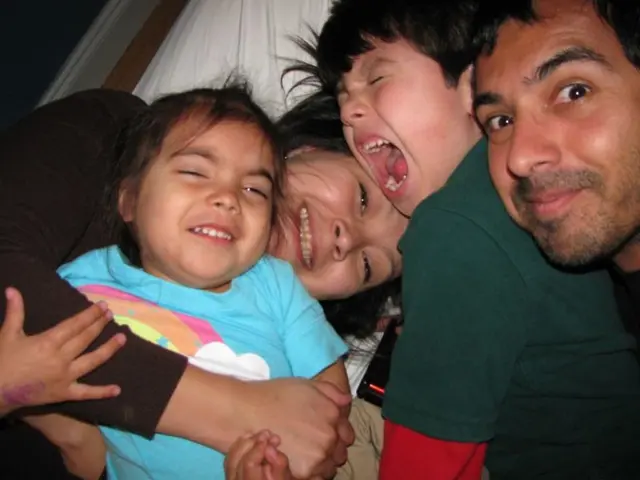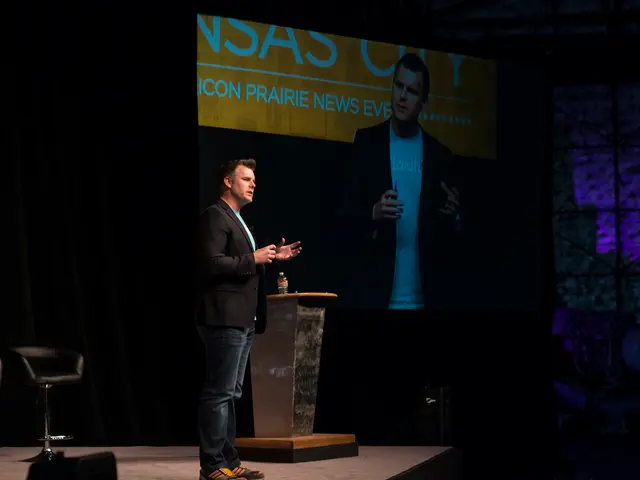Principal of a Christian school detained due to charges of heinous child sexual assault.
In a shocking turn of events, Douglas J. Allison, the 55-year-old principal of Mountain View Christian School, an arm of the Seventh Day Adventist Church in Port Angeles, Washington, has confessed to raping one of his young victims, who were ten and eleven years old. Allison is currently in jail on $100,000 bail, charged with eight counts of molestation and four counts of child rape.
The confession has sparked outrage and condemnation towards the allowance of such behaviour in religious communities. The Associate Pastor Collette Pekar stated that the congregation is grieving and praying for complete healing and justice.
Sadly, this is not an isolated incident. Sexual predators often find sanctuary in religious communities due to a combination of factors.
Respect and Fear of Authority In many religious communities, leaders hold significant social power and respect. This can intimidate victims and families from reporting abuse, as in Sudan's Quranic schools where sheikhs are feared and respected, leading to underreporting of rape and physical abuse.
Institutional Cover-Ups Particularly noted in the Catholic Church sex abuse cases in the U.S., decades of cover-up, institutional silence, and protecting the church’s reputation have hidden widespread abuse. Allegations often surfaced only years or decades later, after victims overcame trauma and fear.
Grooming and Abuse in Trusted Contexts Predators often use grooming tactics—like giving gifts or socializing with families—to gain access and trust, facilitating abuse within private spaces like residences or church settings.
Structural and Cultural Barriers In communities like the LDS Church, hierarchical structures, emphasis on obedience, and close-knit membership contribute to difficulty in reporting abuse. Additionally, church mechanisms intended for support have sometimes been used to legally shield abusers rather than protect victims.
Cycle of Abuse and Lack of Accountability In some religious schools, adults who were themselves abused become abusers, perpetuating cycles of exploitation. Courts and communities may fail to apply appropriate legal standards or enforce criminal accountability, as with the sheikh sentenced for sexual harassment but not for rape.
Community Reputation over Child Safety Often, religious groups prioritize protecting their reputation and authority over addressing abuse allegations. This leads to minimized investigations, discouragement of legal reporting, and survivors' isolation.
These factors create a systemic challenge that allows sexual predators to exploit religious authority and community trust to abuse children with minimal consequences, thus enabling the abuse to continue unchecked.
The author urges people to stop submitting to "creepy preachers" and allowing them to abuse children and others. The repeated cases of such incidents should encourage people to question and challenge authority figures within religious communities.
Efforts to curb this include legal reforms, independent investigations, survivor support, and cultural change within these communities to prioritize child protection and transparency. Detectives are working with authorities in California due to Douglas J. Allison's previous work in a school there. It is possible that there may be more victims of Allison's inappropriate behavior.
References: - Child abuse and sexual exploitation in Quranic schools highlight fear and respect for abusers within the community[1]. - Extensive Catholic Church abuse cases reveal decades of cover-up and grooming tactics used by abusers within trusted environments[2][3]. - LDS Church sexual abuse claims expose institutional barriers and legal challenges survivors face in reporting[4]. - Cultural and spiritual beliefs can sometimes lead to under-prioritization of child safety in places of worship[5]. - Churches in these communities may prioritize their images and collection plates over the well-being of victims[6]. - Some Christian cultures teach complete submission, potentially contributing to the prevalence of such incidents in religious communities[7].
- These shocking events highlight the concern for mental-health issues and sexual-health risks that can arise within religious communities, as the fear and respect of authority can lead to underreporting of abuse.
- General-news reports often show that instances of grooming and abuse in trusted contexts are prevalent in health-and-wellness and educational settings within religious communities, underscoring the need for stronger accounts of child safety.
- Crime-and-justice advocates argue that closer scrutiny of institutional cover-ups and structural and cultural barriers can help prevent predators from finding sanctuary in religious communities, ultimately stopping the cycle of abuse and ensuring justice for victims.




